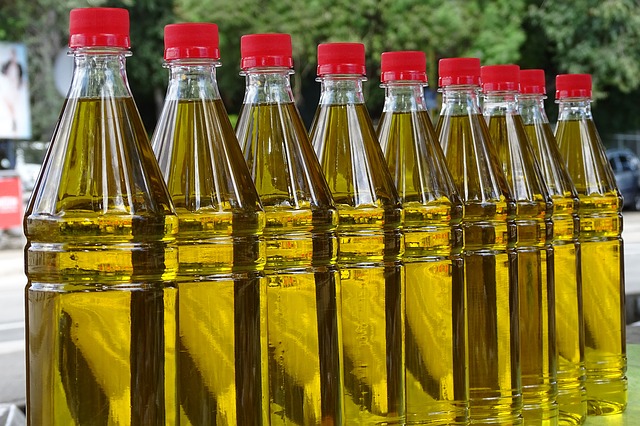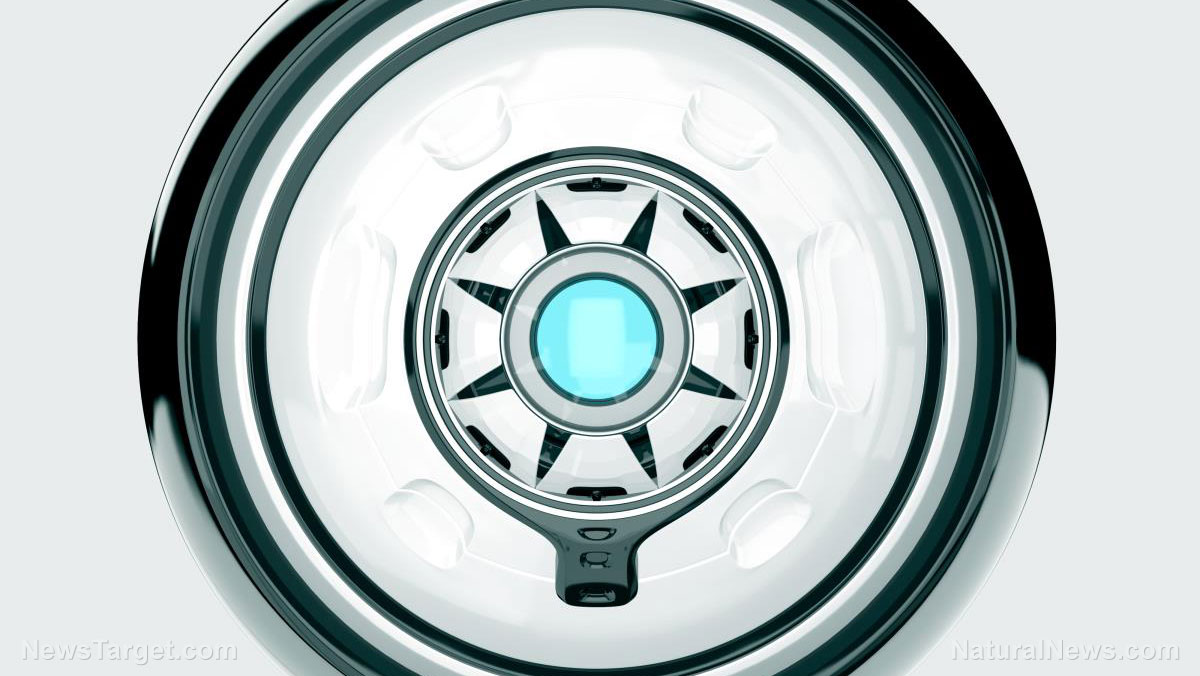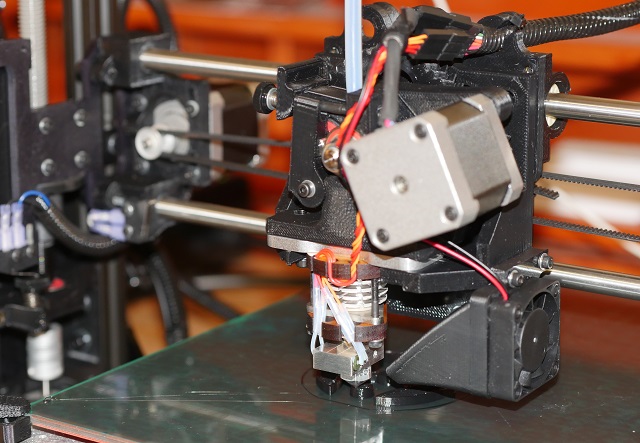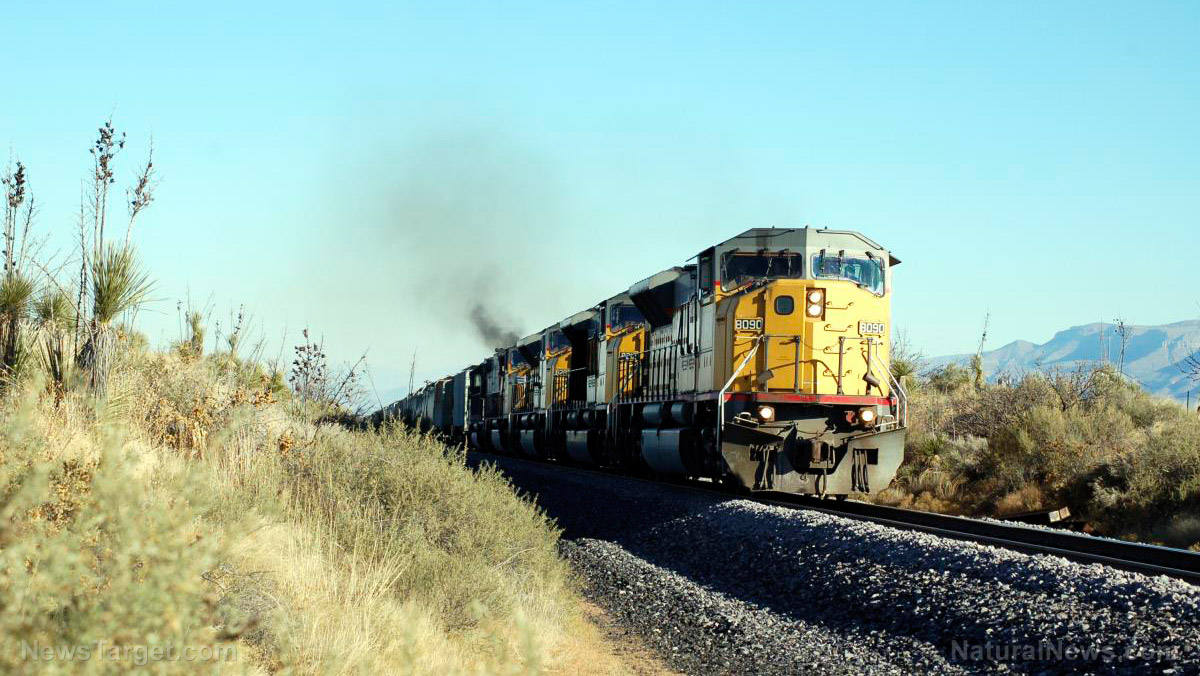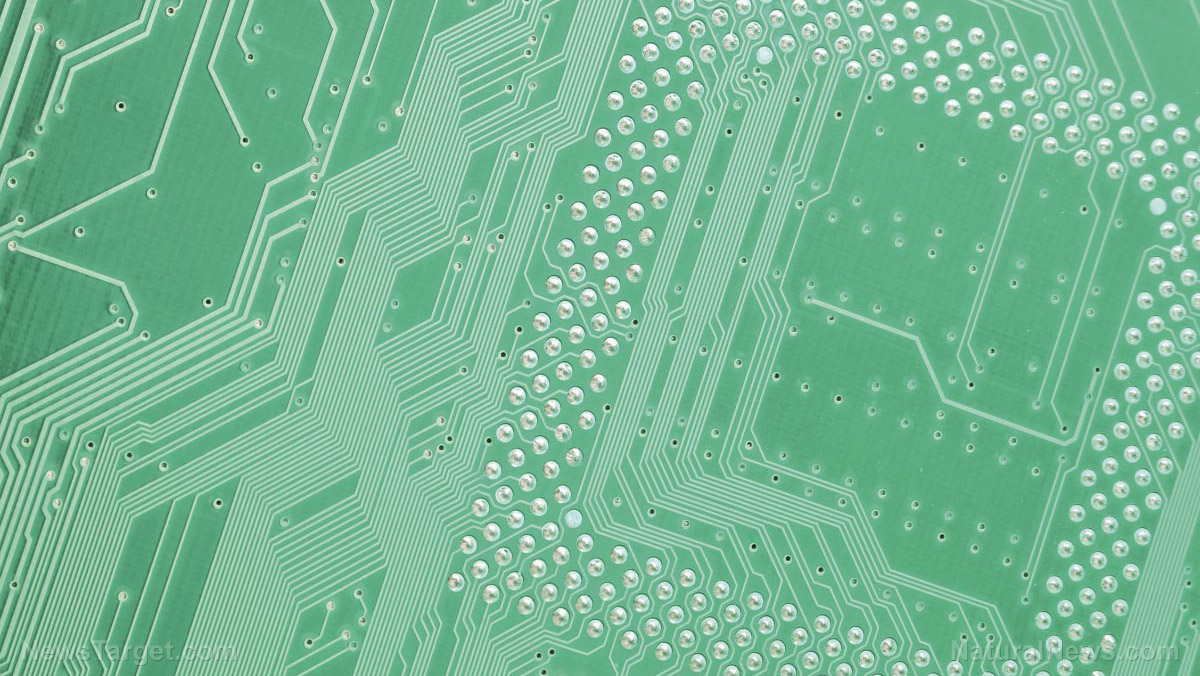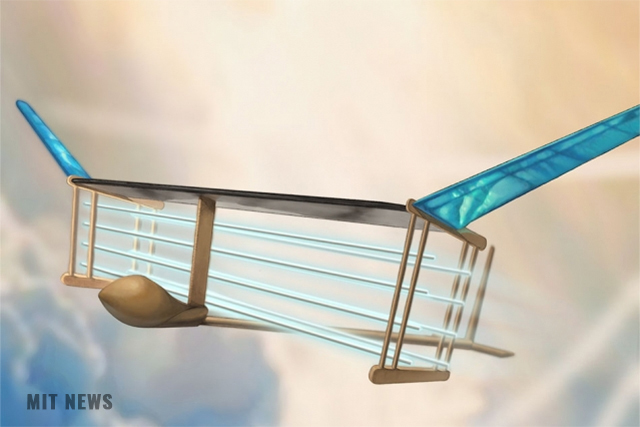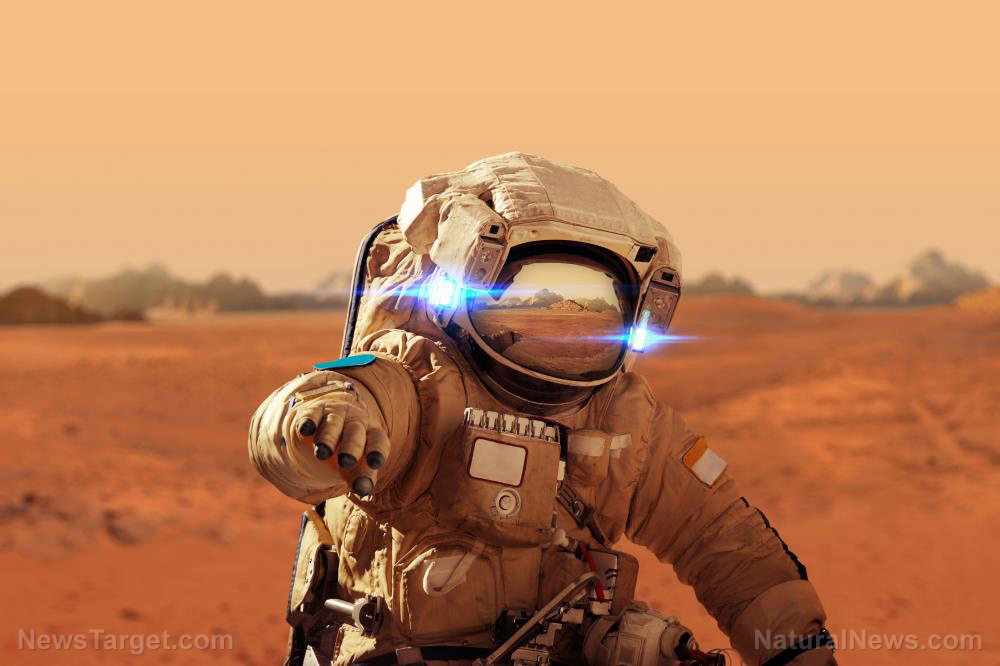We are now a step closer to harnessing nuclear fusion
03/07/2019 / By Edsel Cook

A fusion reactor built out of unsafe and unreliable parts might as well be called a thermonuclear bomb. Aware of this problem, European researchers paired together different imaging techniques to make a dual-imaging system that can accurately determine the quality of the reactor components before final assembly.
Practical nuclear fusion is not just about replicating the process that energizes the Sun and other stars. It is about sustaining the energy production process for use as a safe and reliable source of electricity.
This called for robust systems that could withstand the intense heat and magnetism of the plasma chamber at the heart of a typical fusion reactor. To ensure that manufactured parts met the stringent requirements of an operational reactor, an international group of researchers from U.K., French, and German universities investigated the best imaging techniques available.
Both X-rays and neutrons have been used to create images of an object. Each has its own strengths, weaknesses, and specific uses.
The researchers tested these two techniques together when it came to evaluating the quality of nuclear reactor parts. They found that the feedback provided by X-ray imaging and neutron imaging proved to be more useful than either method alone. (Related: High-temperature superconductors may help researchers develop better technologies for fusion energy.)
Fusion reactor components must withstand incredibly hot and cold temperatures
For thousands of years, people have wondered how the Sun achieves its brightness and heat. In the past century, they have tried to figure out how to replicate the thermonuclear fusion process.
The center of the Sun experiences immense temperatures and incredible pressures on a constant basis. These conditions bring two separate atoms together at such speeds that they combine into a single, heavier atom.
The fusion of two nuclei into one nucleus produces much more energy than atomic fission. The process does not generate air pollution and the fuel is hydrogen, the most common element in the universe.
Fusion reactors recreate the conditions inside the Sun. Their components have to withstand temperatures that are 10 times hotter than those found at the core of the Sun.
Many reactor designs use the magnetic confinement method. Their toroidal chamber contains plasma that could get as hot as 302 million degrees Fahrenheit.
The immense heat from this chamber is cooled by a cryopump found just a few meters away. The materials of this pump must be able to operate at a very low temperature of -452.2 degrees Fahrenheit. These components needed a non-destructive way of being tested before they are added to a fusion reactor.
X-ray and neutron tomography can image important parts without destroying them
The researchers concentrated on the monoblock, a pipe that transports coolant to the cryompump. Their chosen design was a new one that was made of tungsten, a strong and dense metal.
First, they subjected the tungsten pipe to X-ray-based computerized tomography. Next, the researchers used a neutron imaging instrument to scan the same pipe.
Neutrons penetrated deeper into tungsten than X-rays. So neutron tomography could image bigger objects or much larger amounts of material. And since it could scan the entire monoblock, there was no need to cut up the pipe.
“This work is a proof of concept that both these tomography methods can produce valuable data,” remarked Swansea University researcher Llion Evans. “In future these complementary techniques can be used either for the research and development cycle of fusion component design or in quality assurance of manufacturing.”
Evans and his European colleagues are working on turning the 3D images of neutron tomography into virtual simulations. They believe such an image-based finite element method (IBFEM) can evaluate each individual part and spot small but troublesome defects that could cause the part to fail.
Sources include:
Tagged Under: breakthrough, electricity, energy, fusion, fusion power, fusion reactor, future science, future technology, inventions, neutron imaging, New Science, new tech, nuclear fusion, power grid, renewable energy, scientific breakthrough, tomography, x-rays



